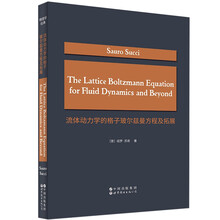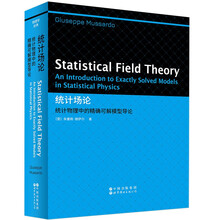Holography is a technique for recording and reproducing an image of an object without the use of lenses. Unlike the two-dimensional images recorded by an ordinary photograph or a television system, a holographic image is truly three-dimensional. Such an image can be viewed from different directions to reveal different views, and from various distances to reveal changing perspective.
The basic procedure for making a hologram is very simple in principle. A possible arrangement is shown in fig. 8-12a. We illuminate the object to be holographied with a monochromatic light, and we place a photographic film so that it is struck by scattered light from the object and also by direct light from the source. In practice, the source must be a laser, for reasons to be discussed later. Interference between the direct and scattered light leads to the formation and recording of a complex interference pattern on the film.
To form the images, we simply project laser light through the developed film, as shown in fig. 8-12b. Two images are formed, a virtual image on the side of the film near the source, and a real image on the opposite side.
展开










